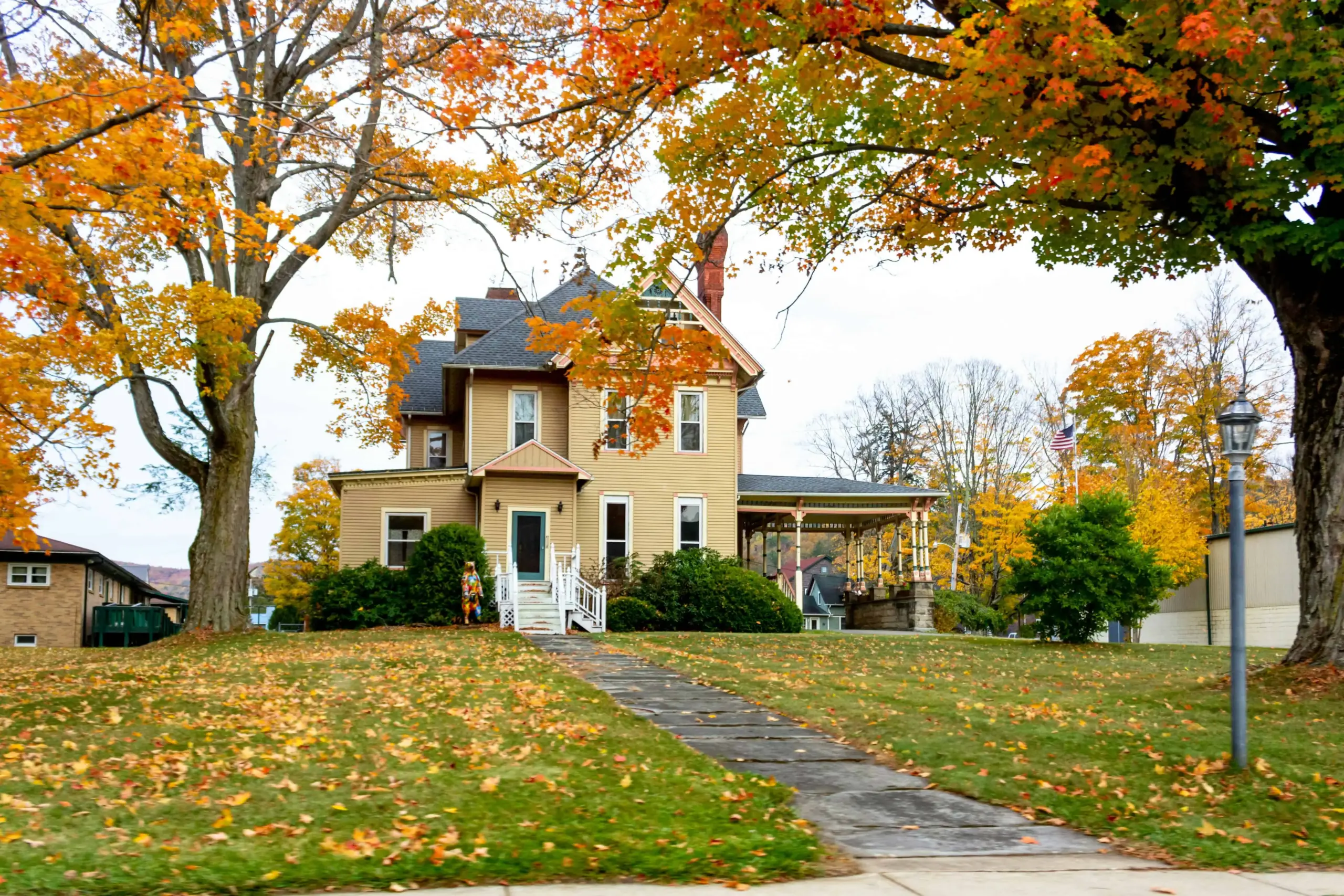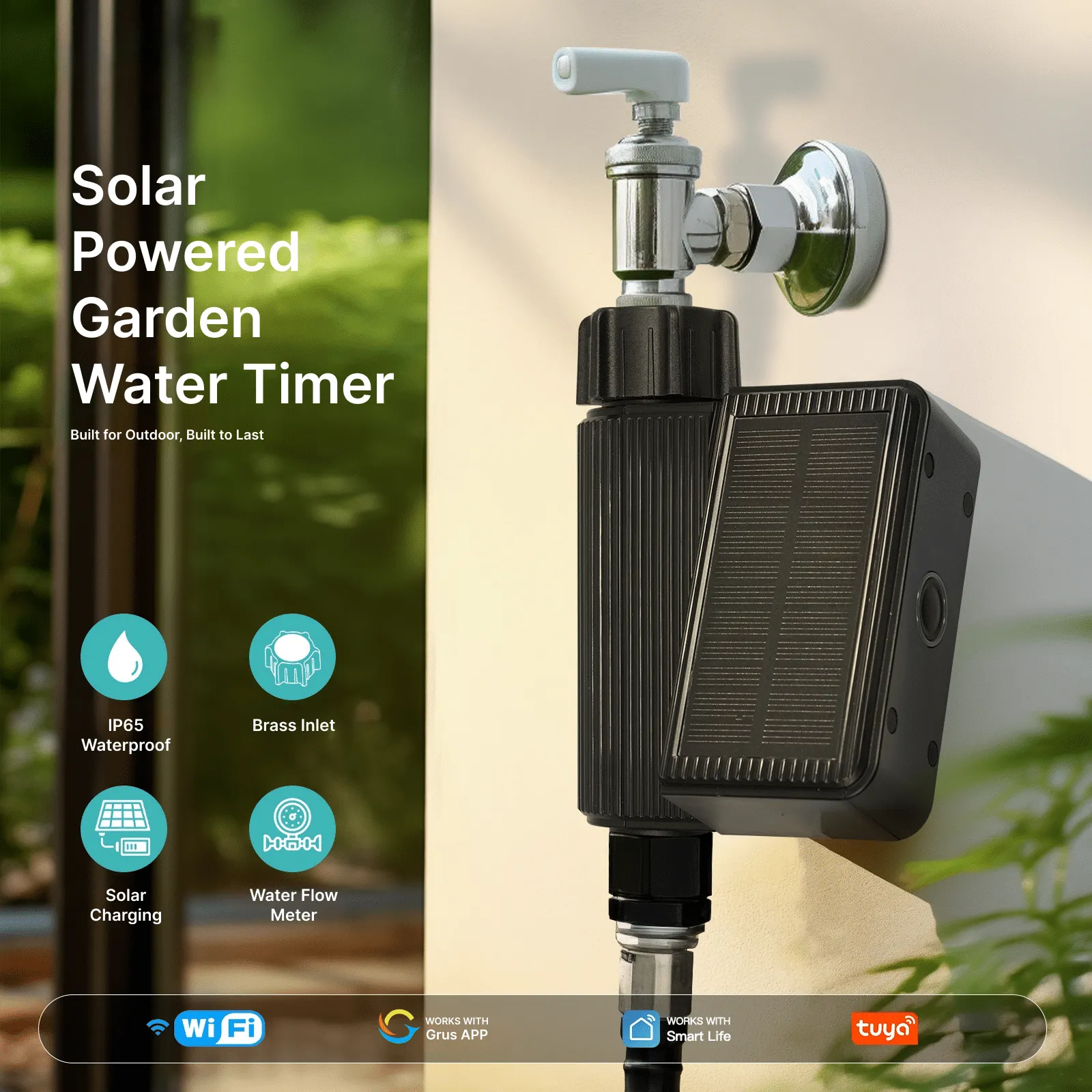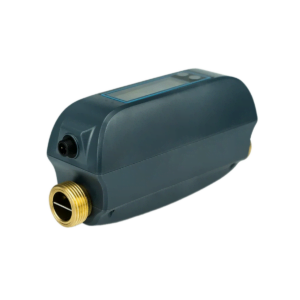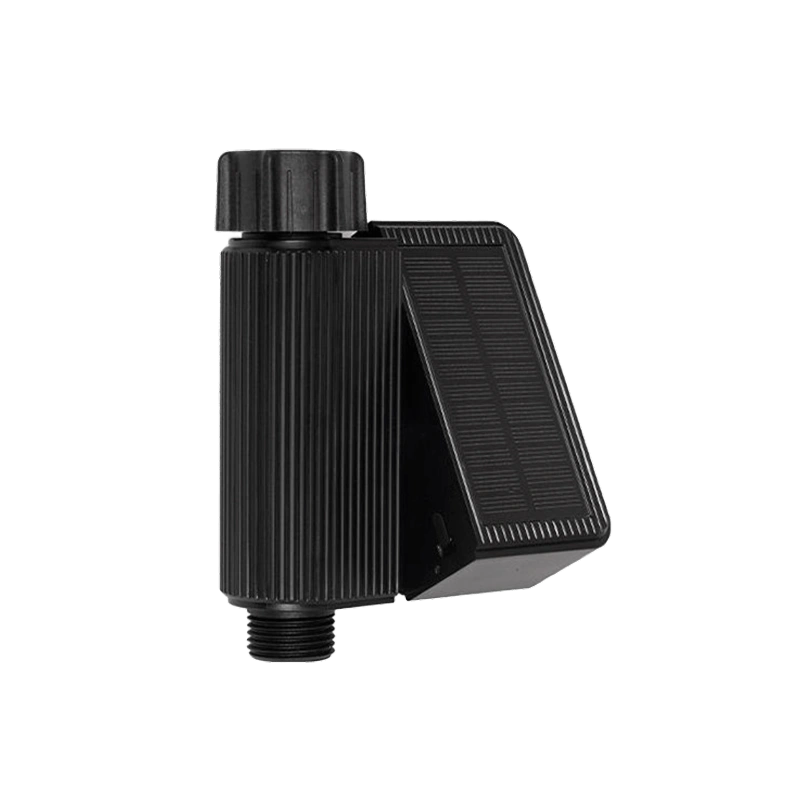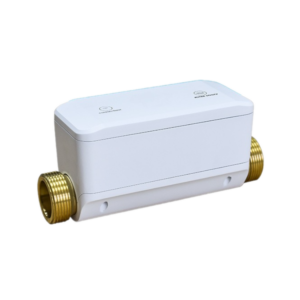As the days get shorter and cooler, your lawn is getting ready for winter. Fall is the season that decides whether your grass will come back thick, green, and healthy in spring—or thin, patchy, and full of weeds. The good news? With a little fall lawn care, you can set your yard up for success.
Conozca su tipo de césped
No todos los tipos de césped son iguales, y el cuidado del césped en otoño depende de lo que crezca en su jardín.
- Pastos de estación fría(like Kentucky bluegrass, ryegrass, and fescue) grow best in northern states. They love the cool weather and do most of their growing in fall. This is the time to feed, seed, and repair them.
- Pastos de estación cálida(like Bermuda, St. Augustine, and zoysia) are common in southern states. They slow down as fall arrives. Your focus here is on protecting them from frost and keeping them healthy through dormancy.
Consejo para principiantes: If you’re not sure what type of grass you have, take a look at your lawn in fall. If it’s turning brown while your neighbor’s yard is staying green, you probably have a warm-season grass.
Lista de verificación rápida para el cuidado del césped en otoño
Aquí tienes una lista sencilla de tareas que puedes seguir:
- Sigue cortando el césped hasta la primera helada (pero baja un poco la cuchilla).
- Rastrille o triture las hojas caídas (no permita que sofoquen el césped).
- Airee el suelo si lo siente compactado.
- Vuelva a sembrar las áreas desnudas para tener un césped más abundante la próxima primavera.
- Fertilice los céspedes de estación fría para desarrollar raíces fuertes.
- Regar profundamente si el otoño es seco.
- Desconecte las mangueras del jardín y proteja los grifos exteriores de la congelación.
Incluso si sólo sigues algunos de estos pasos, tu jardín te lo agradecerá en primavera.
Sigue cortando el césped hasta que sea el momento de parar
Many homeowners think mowing season ends after Labor Day. Not true! Mowing is still one of the most important parts ofcuidado del césped en otoño.
- ¿Con qué frecuencia se debe cortar el césped?: Keep cutting the grass every 7–10 days until it stops growing. For most regions, this means right up until the first hard frost.
- La mejor altura de corte:
- Cool-season grasses: gradually lower your mower blade from about 3–3.5 inches in summer to 2–2.5 inches in late fall. This helps the lawn avoid matting under snow.
- Pastos de estación cálida: mantener a la altura recomendada, generalmente alrededor de 1,5 a 2 pulgadas.
- Consejo para principiantes de bricolaje: Never cut more than one-third of the grass blade at a time. Cutting too short all at once stresses the lawn and invites weeds.
A properly mowed lawn in fall is less likely to develop snow mold, looks neat all winter, and bounces back quickly in spring.
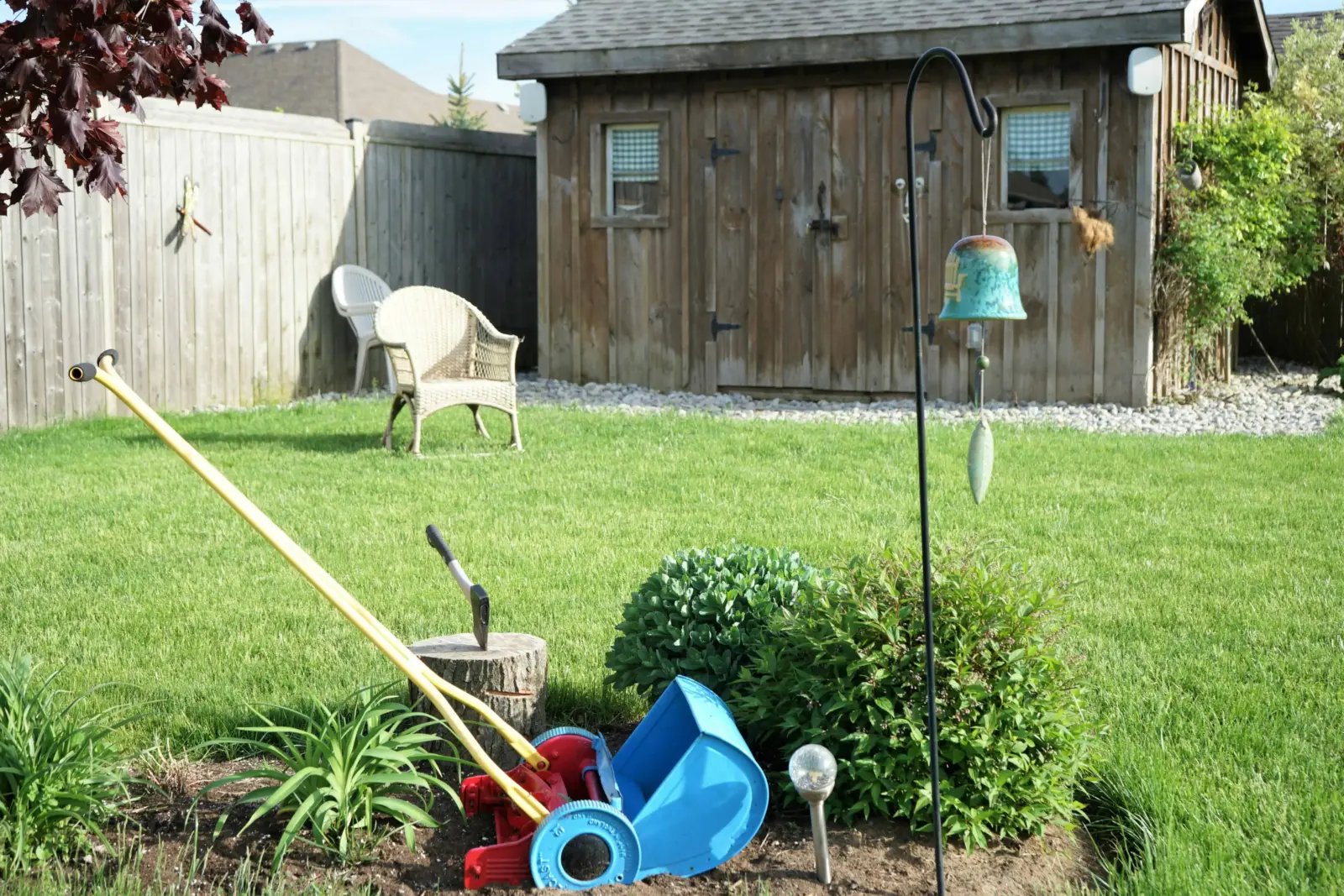
Rastrille y cubra con mantillo las hojas caídas
Fallen leaves look beautiful, but they can smother your grass if left on the lawn. They block sunlight, trap moisture, and create the perfect environment for disease.
Aquí están tus opciones:
- Rastrillar: The classic method. Grab a rake and clear leaves weekly. It’s a good workout and keeps the yard tidy.
- Acolchado con una cortadora de césped: Many modern mowers can chop leaves into small pieces. Mulched leaves decompose over winter, adding organic matter back into the soil. TheAgencia de Protección Ambiental de los Estados UnidosRecomienda triturar o compostar las hojas en lugar de enviarlas a los vertederos.
- Harpillera: If you have too many leaves to mulch, collect them in lawn bags. Check local rules—many towns offer leaf pickup or compost programs.
Truco de bricolaje para principiantes: If raking feels overwhelming, don’t wait until the yard is buried. Light, frequent passes with a rake or mulching mower make the job easier.
🍂Recordatorio de la lista de verificación del césped de otoño: Never leave a thick, wet mat of leaves on your grass. It suffocates roots and leads to bare spots by spring.
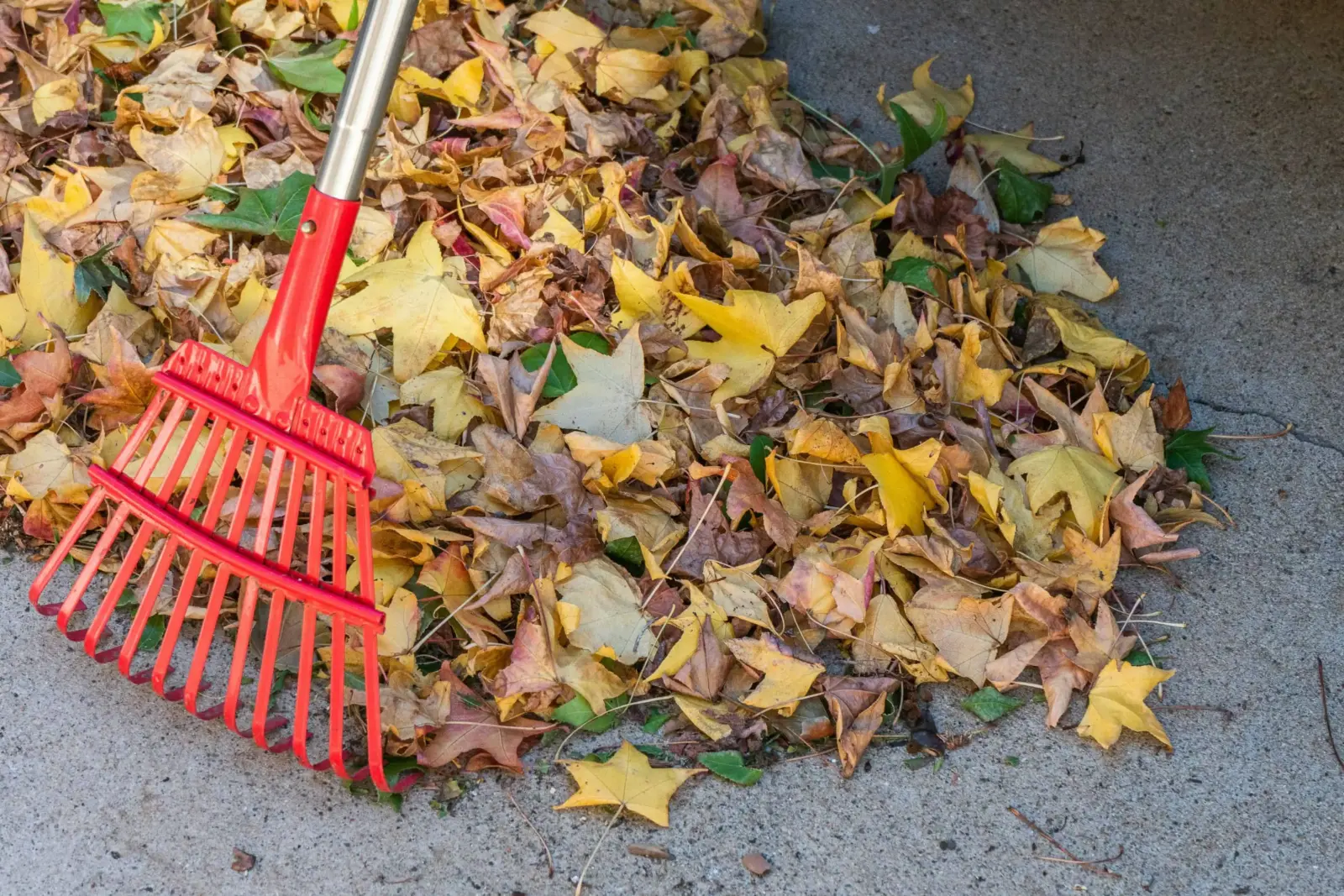
Airear el suelo
After a summer of kids playing, pets running, and foot traffic from barbecues, your lawn’s soil can get compacted. Compacted soil makes it hard for water, air, and nutrients to reach the roots. That’s why fall is the best time toairear el césped.
- ¿Qué es la aireación?
Aeration means poking small holes in the soil to loosen it up. It gives grass roots room to grow deeper and stronger. - Cómo hacerlo:
- Aireador de núcleo(best option): Pulls out small plugs of soil. You can rent one from a local garden center or hardware store.
- Aireador de púas(Más fácil, pero menos efectivo): Hace agujeros en el suelo. Ideal para jardines pequeños.
- Consejo para principiantes de bricolaje¡Incluso caminar con zapatos con clavos es mejor que nada!
- El mejor momento:Aire una vez a principios o mediados del otoño, cuando el césped está creciendo activamente.
A well-aerated lawn absorbs fertilizer and water better, setting up the roots to survive winter and thrive in spring.
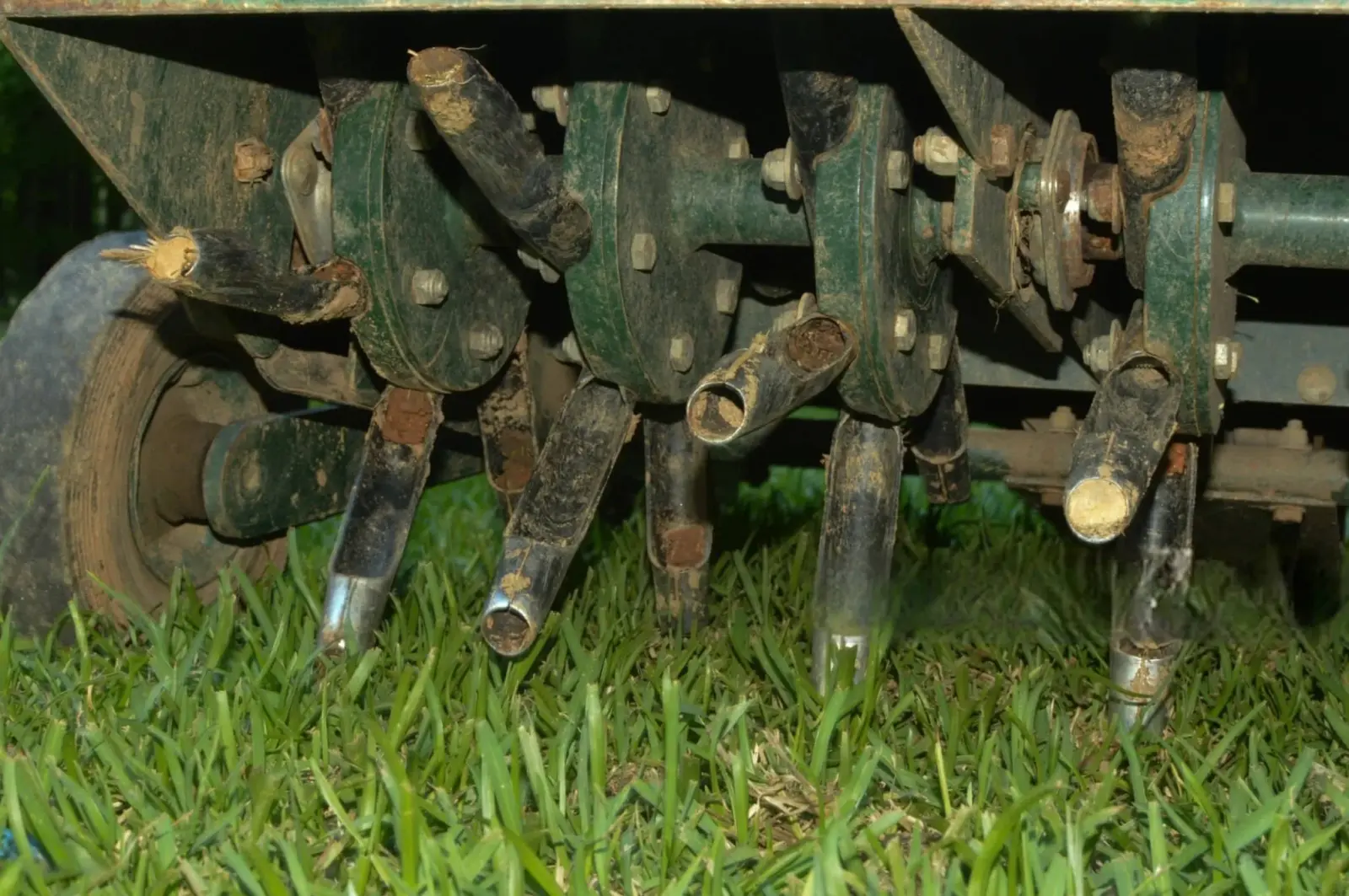
Resiembra de zonas desnudas
Bare patches in your lawn don’t just look bad—they’re an open invitation for weeds to take over. Fall is the perfect season toresembrarporque las temperaturas más frías y las lluvias otoñales favorecen el brote de hierba nueva.
- Elige la semilla adecuada: Match your grass type (cool-season vs. warm-season). For beginners, seed labels will tell you the right region and sunlight needs.
- Preparar el área:
- Rastrille la tierra para aflojarla.
- Retire los escombros o el césped muerto.
- Distribuya las semillas uniformemente con la mano o con un esparcidor.
- Para colmo:Cubra ligeramente con una capa fina de tierra o abono para proteger las semillas de las aves.
- Riego: Keep the soil damp (but not soggy) until seedlings are established. A light watering once or twice a day works best.
Truco para el cuidado del césped en otoño: Combine overseeding with aeration. The holes from aeration give seeds a perfect place to settle and grow.
🌱 By spring, those thin patches will fill in, giving you a thick, lush lawn that’s easier to maintain.
Fertilizar en otoño
If you only fertilize your lawn once a year, make it in the fall. Fertilizing now gives grass the nutrients it needs toConstruir raíces fuertes antes del invierno. Instead of feeding blade growth (like in spring), fall fertilizer focuses on root strength and disease resistance.
- El mejor momento para fertilizar:Desde finales de septiembre hasta noviembre, aproximadamente 2 a 3 semanas antes de que el suelo se congele.
- Qué usar:
- Busque un fertilizante etiquetado como “de otoño” o “de invierno”.
- Intente utilizar un cultivo con un alto contenido de nitrógeno (para el desarrollo de las raíces) y potasio (para la resistencia al estrés).
- Cómo aplicar: Use a broadcast or drop spreader for even coverage. Follow the directions on the bag carefully—too much fertilizer can burn your lawn.
Consejo para principiantes de bricolaje:Riega el césped ligeramente después de fertilizarlo para ayudar a que los nutrientes se absorban.
La alimentación en otoño es una de las más sencillas.consejos para el cuidado del céspedthat pays off big in spring. You’ll notice greener grass that comes out of dormancy stronger and faster.
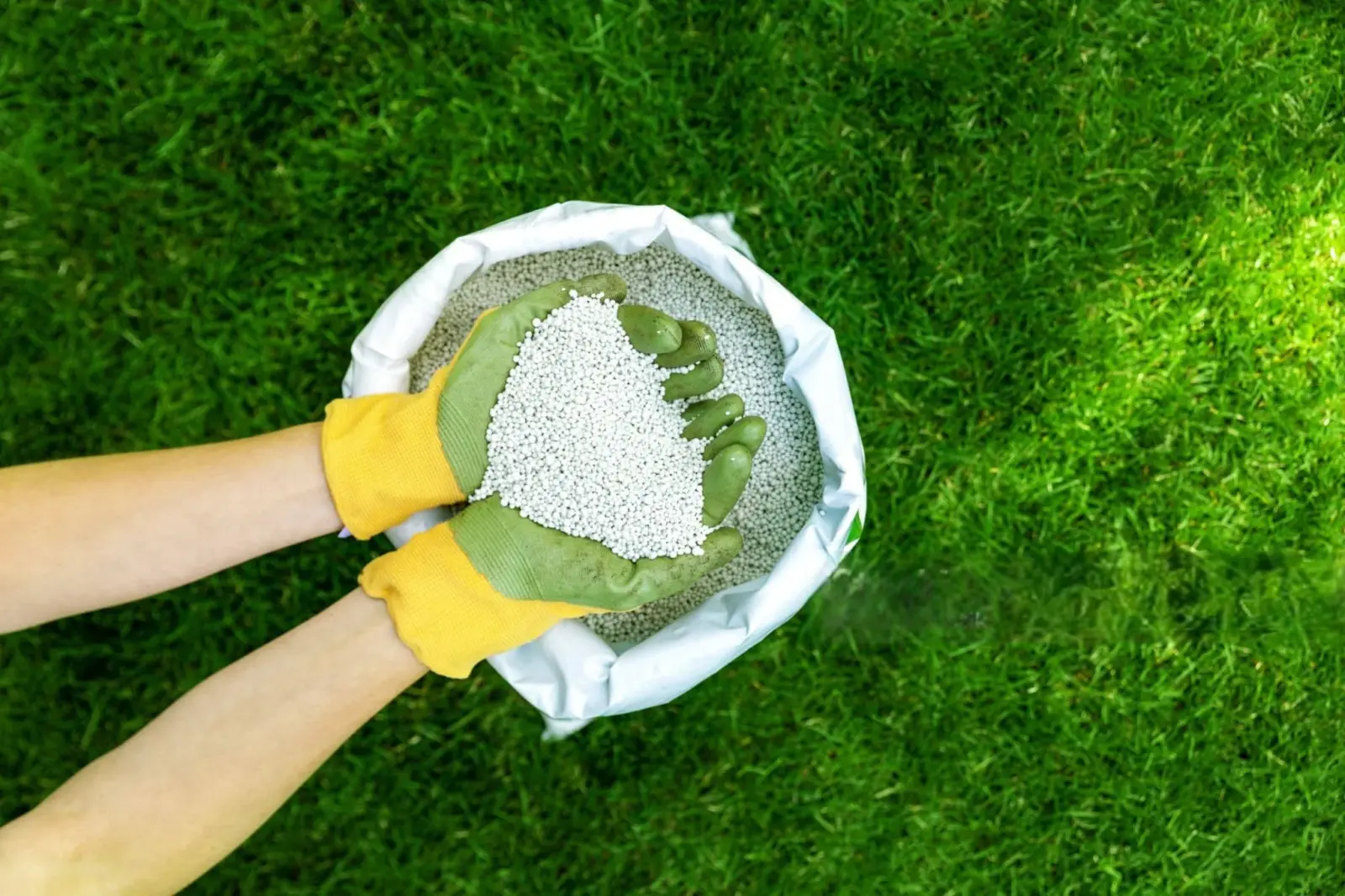
Agua profunda
Just because it’s cooler outside doesn’t mean your lawn stops needing water. In fact, many yards dry out in fall because homeowners shut off the sprinklers too soon. Grass roots still need moisture to prepare for winter.
- ¿Cuánta agua hay que regar?:Intente regar aproximadamente 1 pulgada de agua por semana, ya sea de lluvia o de riego.
- El mejor momento para regar: Early morning is ideal. It reduces evaporation and keeps the lawn from staying damp overnight (which can cause disease).
- Truco para principiantes de bricolaje: Place an empty tuna can on the lawn when watering. Once it’s filled with 1 inch of water, you’re done.
Recordatorio de la lista de verificación del césped de otoño: Keep watering until the ground freezes. After that, disconnect hoses and shut off outdoor faucets to protect them from freezing and bursting.
💧 A well-hydrated lawn going into winter is more resilient against frost damage and comes back fuller in spring.
A simple trick: place an empty tuna can on the grass while watering—once it’s full, you’ve hit your target. For better control, use atemporizador de manguera inteligente alimentado por energía solarque se apaga automáticamente para evitar el riego excesivo.
Prepare su césped y el agua exterior para el invierno
Fall lawn care isn’t only about the grass itself. Your sprinkler system, hoses, and outdoor faucets also need protection before freezing temperatures arrive. A frozen pipe can crack, leak, and cause hundreds of dollars in damage.
Aquí te explicamos cómoPrepare los sistemas de agua de su jardín para el invierno:
- Cierre los grifos exteriores– Shut off the water supply inside the house that leads to outdoor faucets. Then open the spigots outside to drain any leftover water.
- Desconectar las mangueras– Coil up hoses and store them indoors if possible. Leaving them attached traps water in the faucet, which can freeze and burst.
- Líneas de rociadores de drenaje– If you have an in-ground sprinkler system, shut off the main valve. Open all drain valves to let water out. Some homeowners use compressed air to “blow out” the system, but that’s best left to a pro if you’re not experienced.
- Aislar las partes expuestas– Las cubiertas de espuma para grifos y manguitos de tuberías son un seguro barato contra las olas de frío.
Consejo para propietarios inteligentes:Instalar unválvula de agua inteligenteen interiores o actualizar a unválvula de cierre inteligente con protección contra congelación. These devices automatically shut off water if they sense leaks, freezing, or unusual pressure—giving you peace of mind all winter.
Errores comunes de principiantes (y soluciones fáciles)
Even with the best intentions, it’s easy for new DIY lawn caretakers to make mistakes. Here are the most common ones we see—and how you can avoid them:
- Cortar el césped demasiado corto
- Cortar el césped demasiado bajo en una sola pasada estresa el césped.
- Solución: Baje la altura de la cortadora de césped gradualmente a lo largo de varios cortes.
- Fertilización excesiva
- Pensando "más comida = mejor césped".
- Solution: Follow the bag’s instructions carefully. More fertilizer can burn grass and pollute groundwater.
- Saltarse la limpieza de hojas
- Dejando capas gruesas de hojas para que se “descompongan naturalmente”.
- Solución: Cubra con mantillo las capas ligeras y rastrille o embolse las capas más pesadas.
- Regar en el momento equivocado
- Regar durante la noche, lo que favorece las enfermedades.
- Solución: Regar temprano por la mañana, procurando aplicar aproximadamente 1 pulgada por semana.
- No invernar los sistemas de agua
- Olvidarse de cerrar y drenar las mangueras o aspersores antes de la primera helada.
- Solución: vacíelos temprano y considere instalar una válvula de cierre inteligente como respaldo.
Remember: lawn care doesn’t need to be perfect. Small, consistent steps each fall will give you a healthier, greener yard next spring.
Cronología del césped de otoño mes a mes
Every region in North America has slightly different timing. Use this simple guide to know what to do and when.
| Región | Septiembre | Octubre | Noviembre |
|---|---|---|---|
| Estados del norte(MN, WI, MI, NY, Nueva Inglaterra) | Airear, resembrar y fertilizar temprano. | Sigue cortando el césped, quitando las hojas y aplicando fertilizante adicional. | Último corte antes de las heladas, apague los aspersores |
| Estados centrales(IL, OH, PA, KS, VA) | Airear, resembrar, fertilizar ligeramente. | Continúe cortando el césped, limpiando las hojas y regando. | Fertilice antes de que el suelo se congele y prepare los grifos para el invierno. |
| Estados del sur(TX, FL, GA, AZ) | Prepare el césped de estación cálida para la latencia | Bajar la altura de corte, reducir el riego | Rastrille las hojas y proteja las líneas de agua exteriores. |
Imprima este cuadro o guárdelo en su teléfono como sulista de verificación para el césped de otoño.
¿Es realmente necesario cortar el césped en octubre?
Yes. Grass keeps growing in cool fall weather, especially cool-season lawns. Keep mowing until growth slows or frost hits.
¿Puedo fertilizar y resembrar al mismo tiempo?
Yes, but use a starter fertilizer designed for seeding. Avoid weed-and-feed products—they can prevent new seeds from sprouting.
¿Con qué frecuencia debo regar después de resembrar?
Water lightly once or twice a day until the seeds germinate. After that, switch to deeper, less frequent watering.
¿Es seguro hacer una explosión con un sistema de riego casero?
Not really. Using compressed air without the right equipment can damage valves or pipes. Most homeowners are better off draining lines manually or hiring a pro.
¿Cuál es la forma más fácil de evitar que las tuberías se congelen?
Cierre los grifos exteriores, las mangueras de drenaje y coloque cubiertas de espuma. Para una protección completa de la casa, considere...válvula de cierre inteligenteque cierra el agua automáticamente si bajan las temperaturas o se producen fugas.
Reflexiones finales y CTA
El cuidado del césped en otoño no tiene por qué ser complicado. Concéntrese en estos aspectos básicos:
- Sigue cortando el césped hasta que lleguen las heladas.
- Rastrille o triture las hojas.
- Airear y resembrar los puntos ralos.
- Fertilizar para fortalecer las raíces.
- Regar hasta que el suelo se congele.
- Proteja sus líneas de agua exteriores.
Do a little each weekend, and by spring, you’ll be rewarded with a thick, green lawn that’s easier to maintain.
💡Consejo profesional para propietarios de viviendas: Don’t forget your pipes and irrigation system. Frozen water lines are one of the most expensive winter disasters. Aválvula de cierre de agua inteligentePuede proteger su hogar cerrando automáticamente el suministro de agua si detecta congelamiento o fugas.
👉Obtenga más información sobre las soluciones de cierre de agua inteligentey descubre lo fácil que es proteger tu hogar este invierno.
